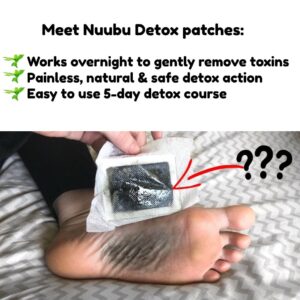Deep frying is the only way to make some foods appealing to the mouth. Almost everything tastes better when deep-fried. Unfortunately, it is not always the healthiest way to prepare your food and moderation is a concept that everyone has to embrace.
For that reason, most people do not see the reason why they should invest in purchasing tools for deep frying foods. If you are one of those people, you will have the desire to deep fry food at some point and you can’t help but wonder if it is possible to deep fry food using a non-stick pan. This article highlights the important information associated with deep frying using a non-stick pan, which includes the risks, and ways to avoid these risks.
The Short Answer
Can you deep fry in a non-stick pan? The short answer is that you can use a non-stick pan to deep fry your meal without worry. You can do it safely in fact. However, there are precautions that you should consider to ensure that you are in the safest possible state.
Material Used to Make Non-Stick Pans

Teflon is a material used to make to coat non-stick pans made of metal. It was first developed in the early 1930s. It has been in use for coating most non-stick cookware to date. The main reason why it is suitable for this task is the ability to handle very high temperatures.
Discoveries and studies, however, state that it releases some harmful chemicals when it reaches temperatures above 572 degrees F. This fact should not worry you so much because deep-frying of food starts at temperatures between 350 degrees and 390 degrees F.
To make sure that this does not become an issue, you should ensure that you control the output of heat when you are using non-stick pans. You should also avoid preheating the pan for a long time because the chemicals that might be released at 572 degrees will remain in the air for an extended period.
You should also know that these chemicals are not considered to humans, but to pets and birds.
When you clean your non-stick pan or other types, avoid using corrosive cleaners or materials. When the Teflon comes off the pan, you will expose the metal that is under the coating. When you use a pan with metal exposed, you will risk metal poisoning. Although it is rare, you should know that it might happen.
Choosing the Adequate Non-stick Pan
You need a larger and deeper non-stick pan for your deep-frying process. It will heat up faster and retain that heat if the surface area is larger.
The ideal width and depth should be between 5 and 6 centimeters. These dimensions will hold more items for deep frying. With that depth, the food will submerge in the oil completely and it will cook perfectly. Another advantage is that you will not be at a higher risk of the oil jumping out while you fry.
The Oil has to be Right
You cannot use the same oil you use on your regular cookware. The food you deep fry will require stable cookware coupled with consistent heat.
The most common choices for non-stick pans are olive and canola oil.
When you use canola oil, you will be sure that it will remain stable even at high temperatures. Its smoking point is 400 degrees F. Its saturated fats and omega fatty acids contents are extremely.
When Teflon is heated to temperatures above 260 degrees Fahrenheit, it starts to break down. The oil will maintain heat levels below this number.
Olive oil has a smoking temperature around the same as canola oil. You can fry foods lightly in this oil. However, it does not work well for deep frying.
Related Article:
- Does Cooking Oil Freeze?
- Vegetable Shortening vs Vegetable Oil
- Why Does Ice Explode In A Deep Fryer?
How to Deep Fry in a Non-Stick Pan
You can heat foods differently in non-stick pans. For instance, potatoes require different conditions than proteins.
The main idea behind deep frying is submerging the food in the oil completely. Make sure that the oil you are using will cover half the pan. You should cover between half an inch and one inch of the pan. Too much oil is not healthy and a little oil will make the food soft.
Conclusion
Can you fry in a non-stick pan? You can. However, you need to be careful with the way you use your ingredients. Do not heat the pan before adding the oil because you can damage the non-stick pan’s surface if you overheat it.
Feel free to share your observation with me in the comments section!
Also, if you find the information in this post to be useful, be sure to share this post with your friends on Facebook, Twitter, and Pinterest.



